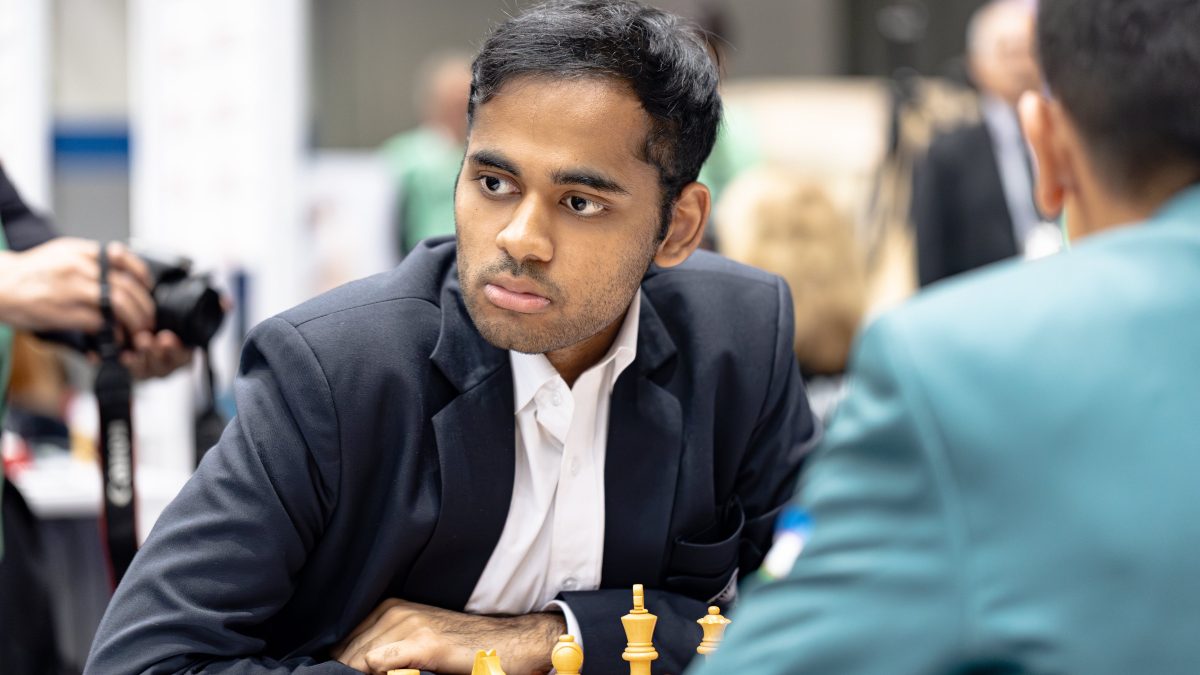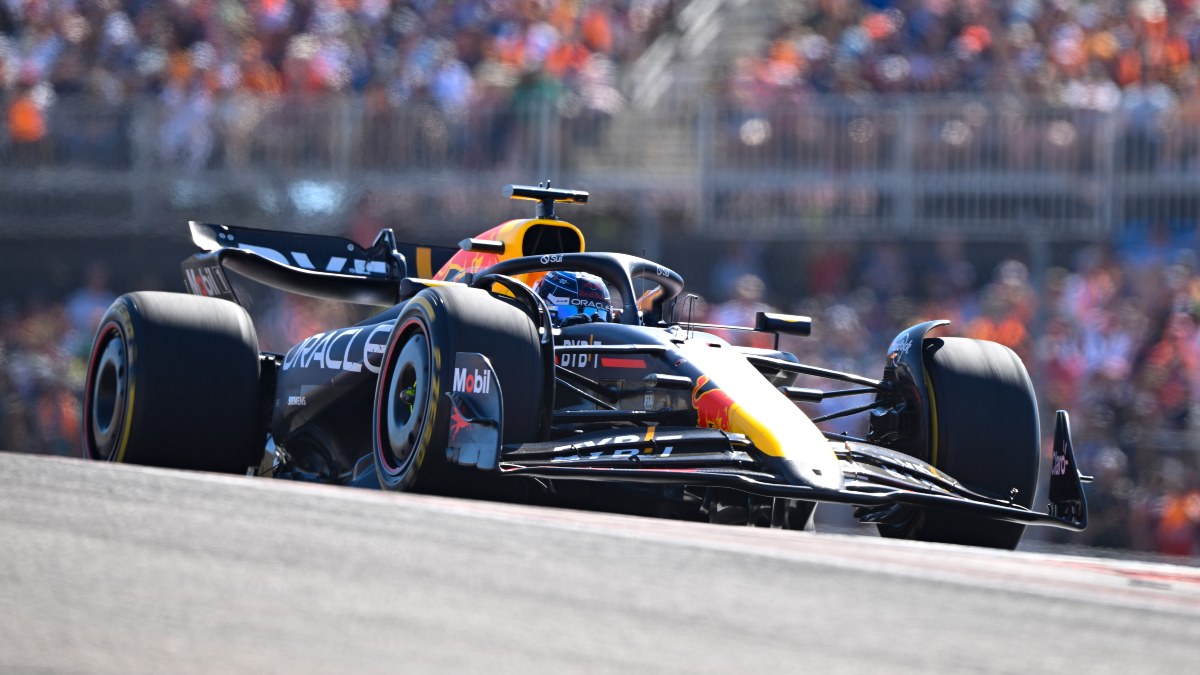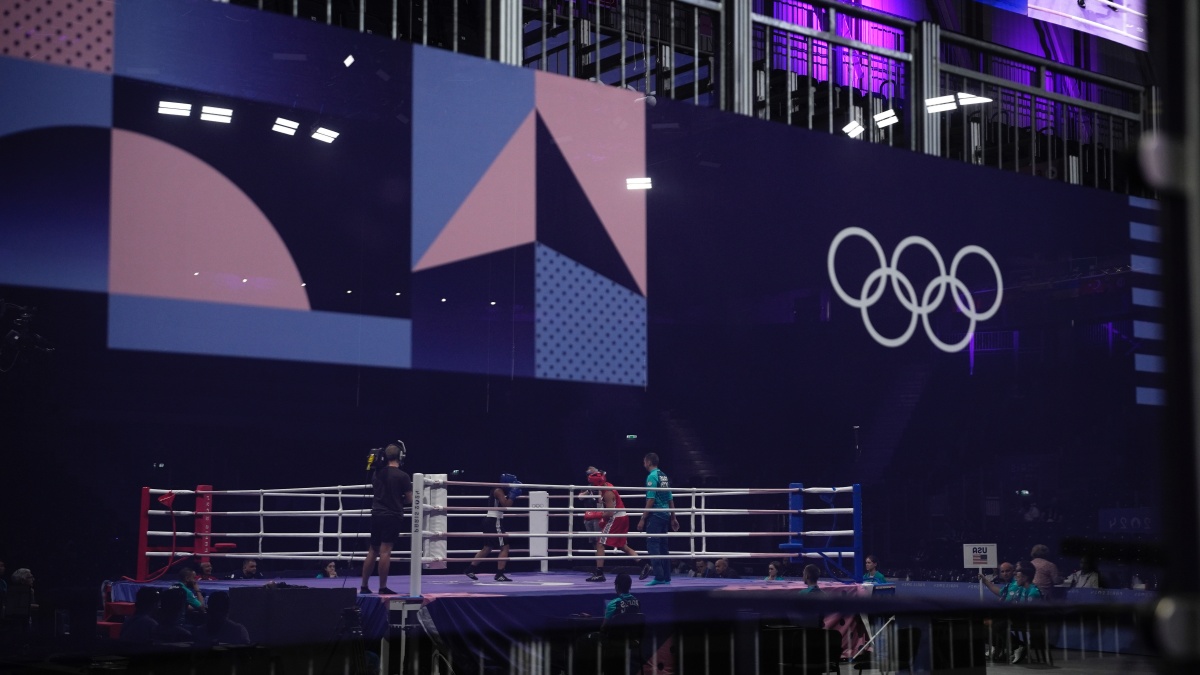World Athletics had announced the rule limiting shoe sole thickness to 20 millimetres in December 2021, which will be implemented from 1 November this year.
read more
)
Representational image. Reuters
World Athletics’ (WA) rule limiting the thickness of soles in shoes worn by athletes will be implemented in a few days’ time, and it remains to be seen how it impacts the sport. The global governing body for athletics had passed the rule limiting the thickness of shoe soles to no more than 20 millimetres back in December 2021. World Athletics, they had set 1 November, 2024 as the date from when the rule would be enforced.
World Athletics had said they wanted to give sports goods manufacturers “sufficient time” of three years in order to make adjustments to their products before the rule was implemented. Current regulations, which expire on Thursday, 31 October, allow a maximum thickness between 20-25 mm which can go up to 40 mm for road races that includes marathons and half-marathons.
However, all athletes except those competing in road races will be required to wear shoes with a maximum sole thickness of 20 mm regardless of the distance of their race. This includes those competing in field events such as javelin throw and shot put.
Why did World Athletics put a cap on shoe sole thickness?
The primary objective behind placing a limit on the thickness of shoe soles in WA’s ruling on 23 December 2021 was to ensure a balance between “innovation and fairness” when it came to athletic footwear.
“There has been an enormous amount of background work and meetings held both internally and externally on our shoe rules since the inception of the Working Group on Athletic Shoes in June 2020,” WA chief executive Jon Ridgeon had said at the time of the announcement of the rule three years ago.
Norwegian 400m hurdler Karsten Warholm had helped bring the spotlight on shoe technology and how it could give athletes an unfair advantage over others after shaving off 0.76 of a second off his own world record during the Tokyo Olympics in 2021.
“When somebody does a great performance now, everybody will question if it’s the shoe and that is the credibility problem,” he said.
“People sitting at home. I don’t want them to feel like they’ve been fooled or tricked. I want there to be credibility,” Warholm had said, according to BBC.
World Athletics had added that while it would create the role of a shoe control officer after the rule’s implementation, there would be a “flexible” compliance process in place for athletics events.
Will the new rule make race events slower?
While shoes do make a difference when it comes to races, the biggest stars of the sport remain of the opinion that it is ultimately the athlete, and not the shoe, that sets new records.
In an exclusive conversation with Firstpost in 2020 after becoming the first human to complete a marathon inside two hours, albeit under controlled conditions, legendary Kenyan distance runner Eliud Kipchoge insisted that it’s his “legs that do the running” and the impact of technology in this discipline will remain “minimal”.
“It is my legs that are still doing the running. Innovations are part of sport and always have been. With running, the effect of technology will always be minimal especially if you compare it to other sports. Train hard and be disciplined. Be the best you can be and believe in yourself,” said Kipchoge, a two-time Olympic marathon gold medallist.
Read | Eliud Kipchoge’s Alphafly shoe would be legal under World Athletics’ new rules, says Nike
Olympic and world 10,000m champion Joshua Cheptegei added that the rule is for the “benefit for the sport”. The Ugandan athlete added the limit on shoe sole thickness wouldn’t necessarily make athletes slower, and that it came down to the mentality of the athletes.
“If some things were available for some people and not for others, that is bad. Many shoe companies have come on board, not only Nike but Adidas and others and it (new shoes) is a development that gives athletes more time for recovery.
“It’s about the mentality of athletes. If you believe you can break a record, it can happen. But if you think that because it is going to be lowered (thickness of the sole), you can’t run then it is not going to happen,” Cheptegei told The Indian Express.

 2 weeks ago
10
2 weeks ago
10
)
)
)
)
)
)
)
)
)
)
)
)
)
)
)
)
)
)
)
)
)
)
)
)
)
 English (US) ·
English (US) ·